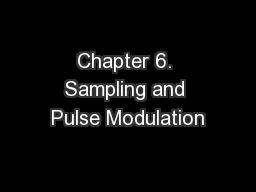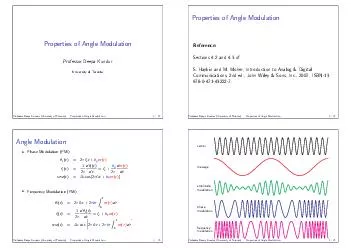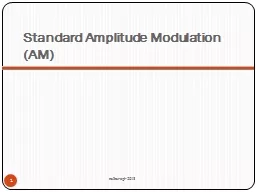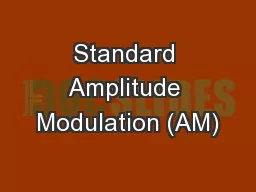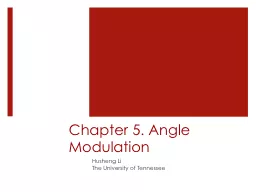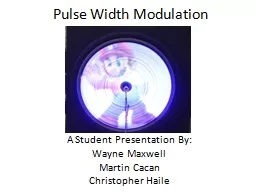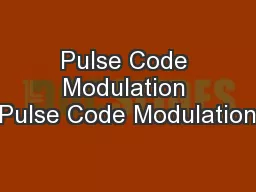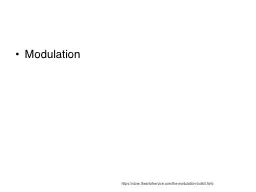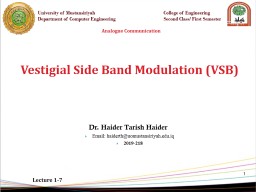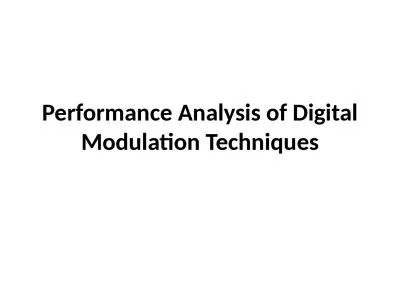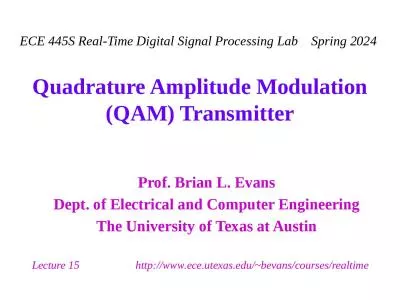PPT-Chapter 6. Sampling and Pulse Modulation
Author : stefany-barnette | Published Date : 2015-10-19
Husheng Li The University of Tennessee Chopper Sampling We introduce a switching function such that xs txtst where Nyquist Criterion The sampling rate should be
Presentation Embed Code
Download Presentation
Download Presentation The PPT/PDF document "Chapter 6. Sampling and Pulse Modulation" is the property of its rightful owner. Permission is granted to download and print the materials on this website for personal, non-commercial use only, and to display it on your personal computer provided you do not modify the materials and that you retain all copyright notices contained in the materials. By downloading content from our website, you accept the terms of this agreement.
Chapter 6. Sampling and Pulse Modulation: Transcript
Download Rules Of Document
"Chapter 6. Sampling and Pulse Modulation"The content belongs to its owner. You may download and print it for personal use, without modification, and keep all copyright notices. By downloading, you agree to these terms.
Related Documents

